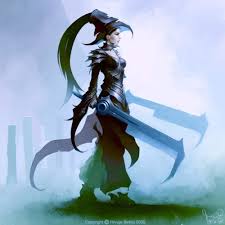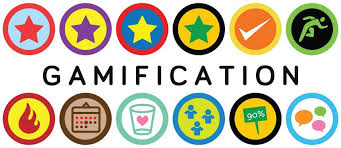After spending some time looking for interesting tools on the DiRT (Digital Research Tools) directory, I stumbled upon one particularly interesting historical research site. Being an archaeology student, I was drawn to ORBIS, a geospatial network model of the ancient Roman World at the height of its power. (Roughly 200 AD) ORBIS reconstructs the time cost and financial expense associated with a wide range of different types of travel in the Roman Empire.
Background, Development and Research
Developed by Digital Humanities Grant of Stanford University and Center for Textual and Spatial Analysis (CESTA), ORBIS is essentially, a website that gives the feel of a Google Maps for an ancient Roman Empire, however it goes into extreme depth and details on Roman Life. For example, we can explore how a merchant would travel from Roma to Corinthus in the Summer by oxcart and see the routes he would take and expenses that would need to be accounted for. (If you’re curious, it takes roughly nine and a half days and you’ll be taking a detour in Messana.) Finally, we can see that this route would cost you roughly ~252 denarii (ancient Roman Currency), with 250 of the denarii being spent on sea travel.
While ORBIS is a pretty niche site, it is stunningly detailed and could be used as a tool to study questions in various fields of study about antiquity, including trade and social interaction in the past. Below is an image of the rivers and roads that have been modeled into ORBIS.

ORBIS is a free close-sourced webpage that anyone can access. While it deals with a niche subject matter, anyone can find an interest in discovering forgotten information of the Roman Empire, such as the cost of transporting a kilogram of wheat or a legion of soldiers across the Empire.
Using ORBIS
With ORBIS, it is possible to create your own roman routes and discover the price of transport as a merchant living in the past. ORBIS contains 632 sites of the Roman Empire and covers close to 10 million square kilometres detailing the maritime and terrestrial travel. It even accounts for the monthly wind conditions and strong currents / wave height in increasing or decreasing the cost of travel by sea.
In calculating any route in ORBIS you are presented with three options, “Fastest”, “Cheapest” and “Shortest” routes. The fastest route will always take the least amount of days to go from point A to point B, however it will not take into account the cost factor of sea travel or land travel so will often end up well over the amount of denarii any reasonable business man would ever spend!
The cheapest route option will, as expected, calculate the least expensive route. This route is often much longer than the fastest route, however you’ll have denarii to spare after traveling by these routes! In study, the cheapest routes are often taken by merchants selling grain and can be used to see social interaction of Roman people as they traveled and who they may interact with along the journey.
Finally, the shortest route will calculate the geographically closet route. However, many of the roads or sea-ways were less used and this often results in a journey that is both longer and more expensive that would have been expected.
When you become more advanced at using these routes, you can move onto network diagrams, clustering and flow diagrams which give another perspective on movement based on priority routes and seasons. This is distinct from making routes as this shows the priority of routes during the year. (For example, the cheapest route may be more popular in Summer, but the fastest route may be used more frequently in Winter due to goods being in a higher demand)
Goals
The goal of ORBIS was initially to model an ancient Roman World and contextualize the information of routes that had long since been forgotten in a modern way. This data is now digitized and preserved forever in an interactive medium. It can also be used to analysis the networks of travel and routes in Roman times and can be used to analysis the spatial distant between Roman sites.
To this, I will say ORBIS has achieved its goals, not only does it bring us a modern overview on the topic of Roman socialization and life expenses but it allows us to in a way travel back in time and plan our own routes across the world.
Design and Accessibility
ORBIS is not a simple website to use at first. However they do offer tutorials in the about tab in the top right of the screen which allowed me as a beginner to understand the procedures in making my own routes within 20 minutes.
One small technical problem some may encounter is that this website is designed with Chrome and Safari in mind, so accessing it with Internet Explorer or other web browsers may leave users with unsatisfactory results. However, there is another version of ORBIS (which they link you to immediately when accessing the website) for those browsers.
Final Word
ORBIS is an amazing example of how we can digitized information that is otherwise long forgotten into an interactive website. Some may ponder as to what advantage digitization of the past in such a manner is important in our world. Well, simply put, ORBIS makes finding the records of these routes a simple process rather than the alternative of looking through ancient ledgers to find the same information. In a way, ORBIS even feels like a game where you are managing the routes people travel in ancient Rome, and that makes it not only a useful resource but in a way, fun aswell.
Until next time, this stream is going offline, thank you all for reading!







